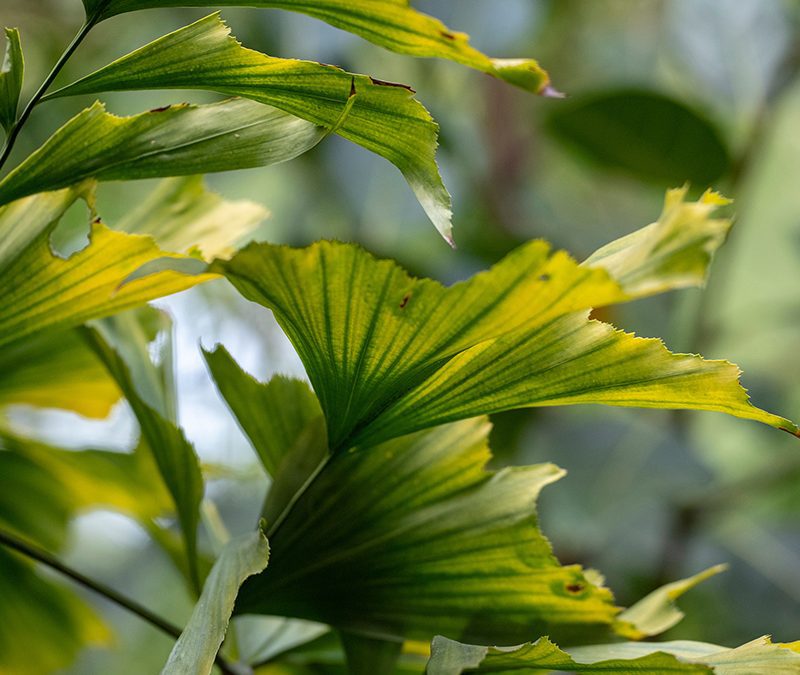
Fishtail Palm
Caryota is a genus of palm trees. They are often known as fishtail palms because of the shape of their leaves. There are about 13 species native to Asia (China, India, Indonesia, etc.), northern Australia, and the South Pacific.

Caryota is a genus of palm trees. They are often known as fishtail palms because of the shape of their leaves. There are about 13 species native to Asia (China, India, Indonesia, etc.), northern Australia, and the South Pacific.

Spanish oak may refer to trees or wood of any oak in Spain. It is a common name for several trees including:

Fruit of the poisonous tree is a legal metaphor used to describe evidence that is obtained illegally.[1] The logic of the terminology is that if the source (the “tree”) of the evidence or evidence itself is tainted, then anything gained (the “fruit”) from it is tainted as well.

Fan palm as a descriptive term can refer to any of several different kinds of palms (Arecaceae) in various genera with leaves that are palmately lobed (rather than pinnately compound). Most are members of the subfamily Coryphoideae, though a few genera in subfamily Calamoideae (Mauritia, Mauritiella and Lepidocaryum) also have palmate leaves. Fan palm genera include:
Fan palm can also be used as part of the common name of particular genera or species. Among the palms commonly known as fan palms are:

It grows up to 15–20 m tall, with a trunk up to 50 cm in diameter, characterized by numerous slender, black, viciously sharp 10 cm long spines jutting out from the trunk. The leaves are pinnate, 3–4 m long, with numerous slender, 50–100 cm long leaflets. Petioles of the leaves are also covered with spines. The flowers are small, produced on a large branched inflorescence 1.5 m long. The fruit is a yellowish-green drupe 2.5–5 cm in diameter. The inner fruit shell, also called endocarp, is very tough to break and contains usually one single, dark brown, nut-like seed 1–2 cm in diameter. The inside of the seed, also called endosperm, is a dry white filling that has a vaguely sweet taste like coconut when eaten.

Roystonea regia, commonly known as the Cuban royal palm or Florida royal palm,[3] is a species of palm that is native to Mexico, parts of Central America and the Caribbean, and southern Florida. A large and attractive palm, it has been planted throughout the tropics and subtropics as an ornamental tree. Although it is sometimes called R. elata, the conserved nameR. regia is now the correct name for the species. The royal palm reaches heights from 50 to over 80 feet tall.[4] Populations in Cuba and Florida were long seen as separate species, but are now considered a single species.